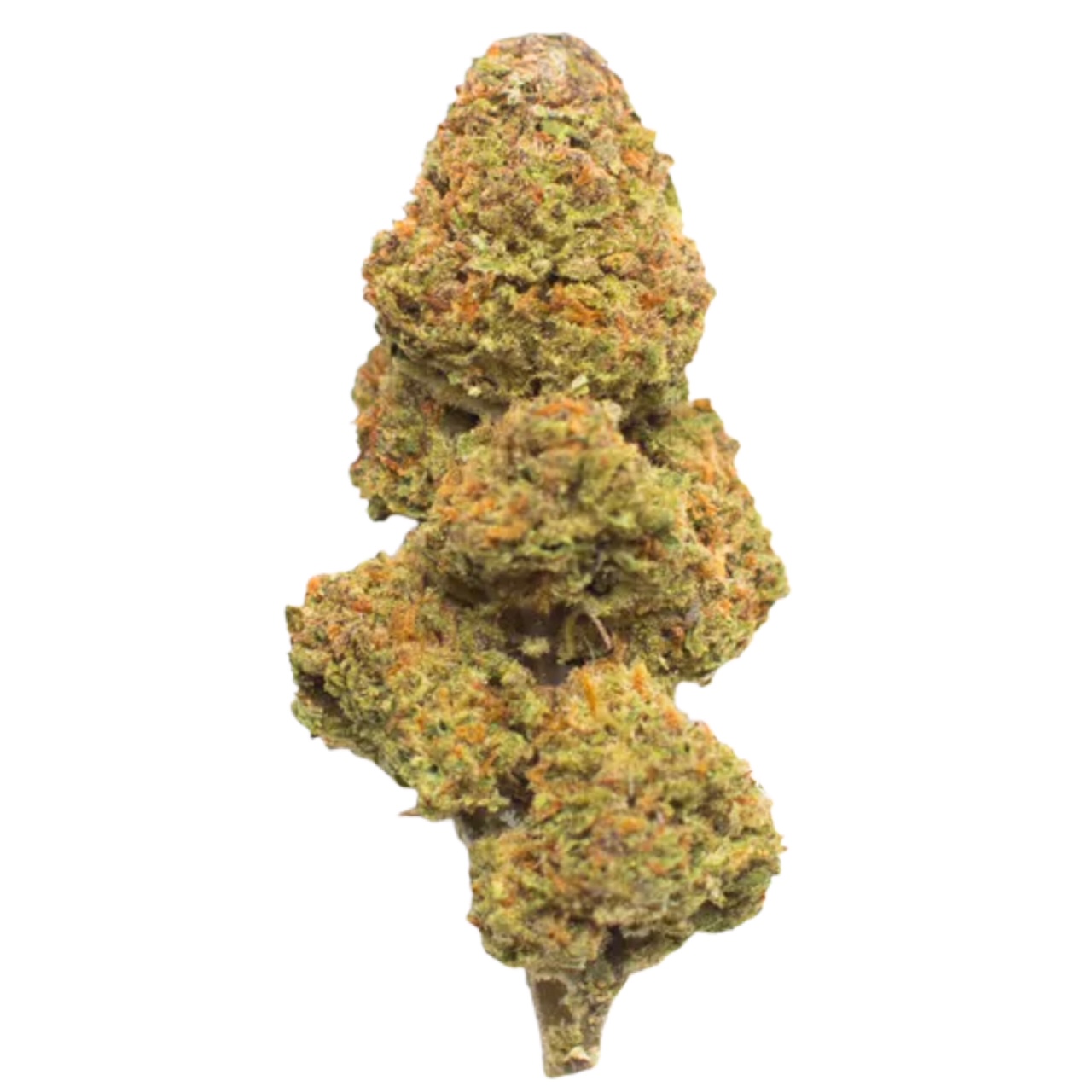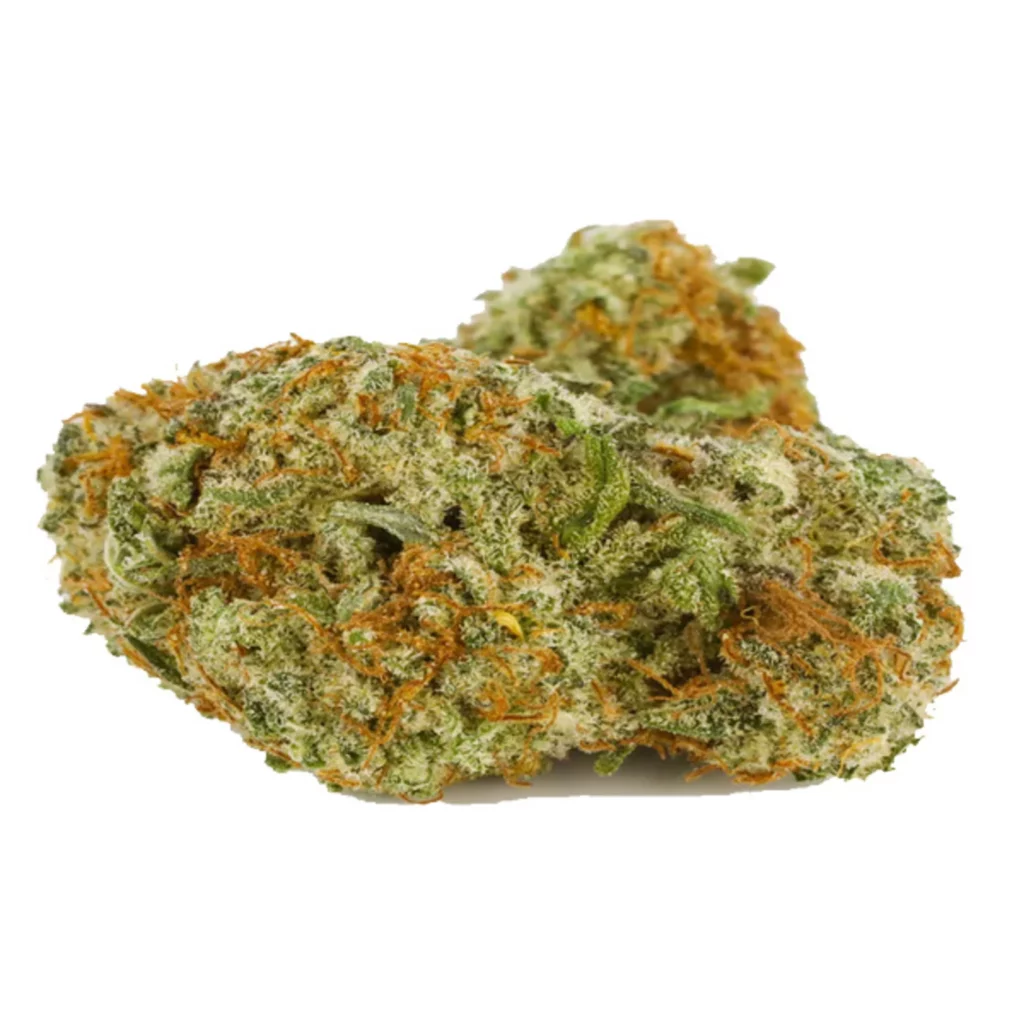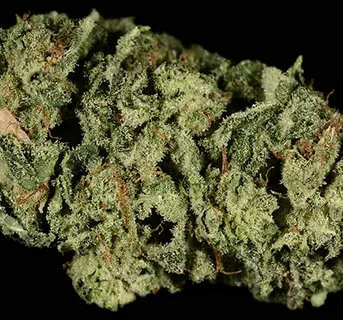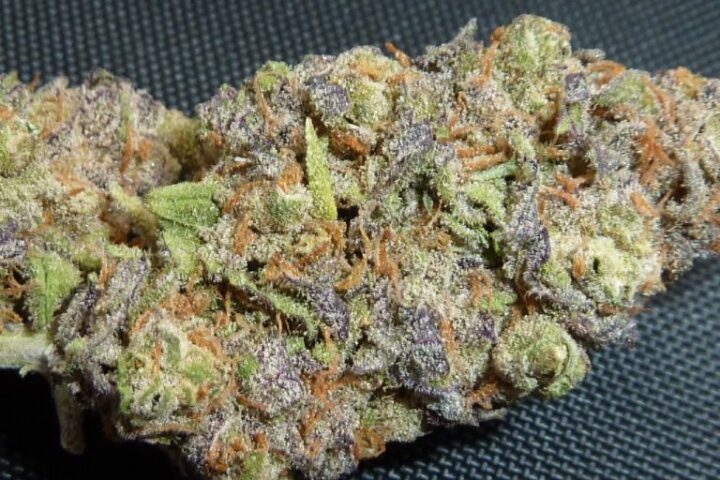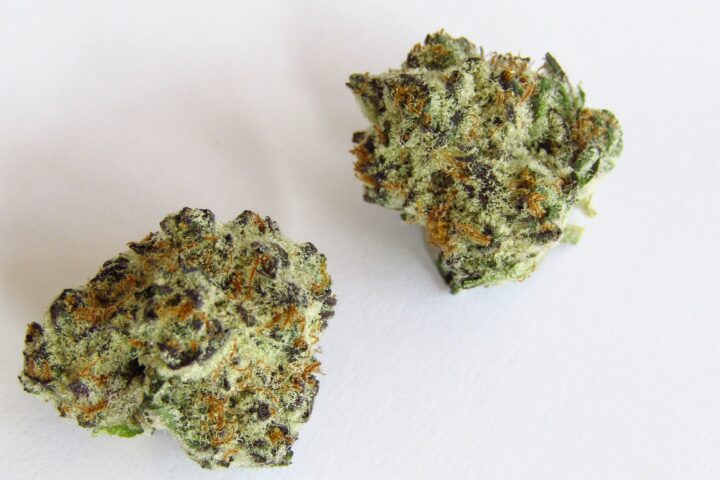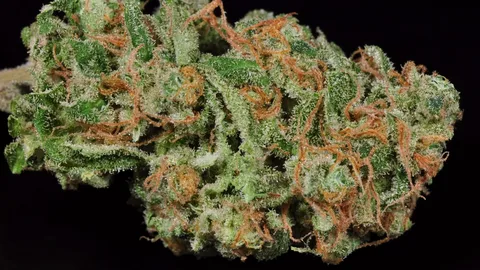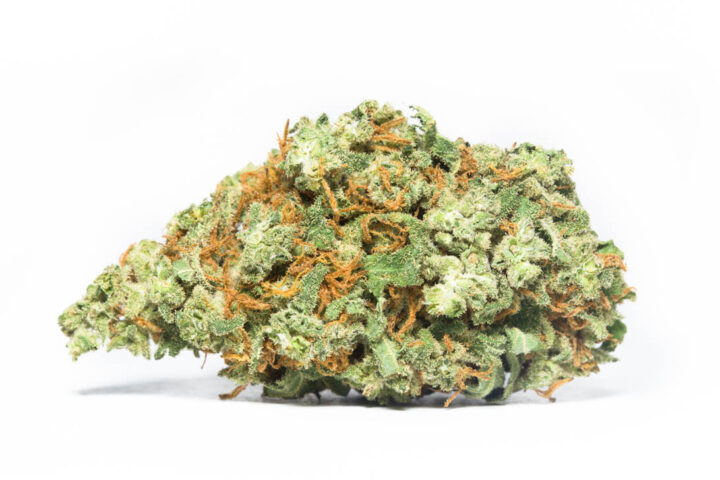Origin of White Buffalo Weed Strain
The Legend of Tatanka
The origin of White Buffalo Weed Strain, also known as Tatanka, is deeply rooted in ancient Native American legend and symbolism.
Tatanka, a revered Lakota word meaning “Buffalo Bull,” holds significant cultural importance among the indigenous people of North America, particularly within the Great Plains tribes such as the Lakota, Dakota, and Nakota.
The legendary White Buffalo is said to be a sacred harbinger of peace, prosperity, and good fortune, embodying the spirit of abundance and nourishment that the buffalo provides for the Native American communities.
According to traditional Lakota stories, the White Buffalo Calf Woman played a pivotal role in the tribe’s history by teaching them about the sacred pipe, the importance of ceremony, and the significance of prayer.
The White Buffalo Weed Strain is said to embody these qualities, providing a sense of balance, harmony, and connection to nature that is deeply resonant with the Native American spirit.
Legend has it that when the White Buffalo appears, it signals a period of great transformation, renewal, and spiritual growth, serving as a reminder of the cyclical nature of life and the interconnectedness of all living beings.
The strain’s name is often associated with the elusive and majestic White Buffalo, which is said to appear only once in every 100 years, underlining its rarity and sacred status.
White Buffalo Weed Strain is celebrated for its unique genetic makeup, combining the potency of Indica and Sativa strains to produce a harmonious balance of physical relaxation and mental clarity, reflecting the duality of the White Buffalo’s spirit – strong yet gentle, fierce yet peaceful.
The essence of this sacred plant medicine has been preserved through generations by the indigenous people, who believe that its healing properties will continue to bring comfort and solace to those who honor its legacy and respect its power.
The White Buffalo or “Tatanka” is a rare strain of cannabis named after the revered white bison in Native American folklore, known for its spiritual significance.
The origin of the White Buffalo weed strain can be attributed to its namesake, a revered and spiritual creature in Native American folklore.
The white bison, also known as “Tatanka” or “Wakinyan,” holds significant cultural and symbolic value in many Native American communities.
Its rarity and historical significance are deeply connected to the loss and rebirth of the species, which has been associated with great spiritual power and sacredness.
History of the White Buffalo Strain
The modern-day cannabis strain named after the white bison is believed to have originated in the early 2000s among growers in North America.
The first reported cultivars were created by crossing high-quality, indica-dominant strains with rare and unique phenotypes.
Cultivation Characteristics
The White Buffalo weed strain is known for its distinct appearance, including:
- Pale yellow or light green foliage
- White or off-white trichome production
- Compact, dense bud structure
Effects and Characteristics
The effects of the White Buffalo strain are reported to be:
- Cerebral, uplifting, and euphoric
- Focused and mentally stimulating
- Relaxing, but not sedating
Medical Applications
The White Buffalo strain has been reported to have medicinal properties for:
- Managing chronic pain and inflammation
- Reducing stress and anxiety
- Improving mood and sleep quality
Acquiring the White Buffalo Strain
The availability of the White Buffalo strain is limited due to its rarity and specific cultivation requirements.
Growers and enthusiasts may encounter this strain in specialty cannabis stores or through online seed banks that cater to rare and unique varieties.
Please note: This article aims to provide a comprehensive overview of the White Buffalo weed strain. However, as with any information related to cannabis, it’s essential to consult local laws, regulations, and expert advice regarding cultivation, consumption, and availability.
Cannabinoid and Terpene Profile
Therapeutic Effects
The cannabinoid and terpene profile of a cannabis strain can greatly impact its therapeutic effects, making it an essential aspect to consider when choosing a strain for medical or recreational use.
The most well-known cannabinoids in the cannabis plant are THC (tetrahydrocannabinol) and CBD (cannabidiol), with THC being responsible for the ‘high’ sensation associated with marijuana. However, there are many other lesser-known cannabinoids that have their own unique therapeutic properties. The levels of these different cannabinoids can vary depending on factors such as climate, soil quality, and harvesting practices.
The White Buffalo weed strain, also known as Tatanka, is a rare and highly sought-after variety of cannabis. According to various reports, the cannabinoid profile of this strain includes high levels of THC, often ranging from 18-22% in dry weight, along with moderate amounts of CBD. Additionally, the strain is believed to contain other cannabinoids such as CBG (cannabigerol), CBN (cannabinol), and THCV (tetrahydrocannabivarin) at varying levels.
The terpene profile is equally important in determining a strain’s therapeutic effects. Terpenes are the aromatic compounds found in many plants, including cannabis. Each terpene has its own unique properties and benefits when consumed or applied to the skin. The main terpenes present in White Buffalo are reportedly alpha-pinene, beta-pinene, limonene, and myrcene.
Alpha-pinene is known for its antimicrobial and anti-inflammatory properties, while also displaying bronchodilatory effects that can help with asthma symptoms and other breathing issues. Beta-pinene has similar properties to alpha-pinene but is more commonly associated with relaxing the muscles and improving respiratory function. Limonene, found in citrus fruits and certain cannabis strains, exhibits mood-boosting, antimicrobial, and anti-inflammatory characteristics.
Myrcene is a terpene that has been shown to possess anti-inflammatory properties, help reduce pain perception, and act as an antioxidant. It’s also believed to have potential therapeutic applications for anxiety disorders due to its sedative effects.
The combination of these cannabinoids and terpenes in the White Buffalo strain may contribute to its reported therapeutic effects, such as:
- Anxiolytic (anxiety-reducing) effects: The presence of myrcene and limonene might be responsible for this effect.
- Pain relief: Myrcene’s pain-relieving properties could contribute to the strain’s analgesic effects.
- Improved mood: Limonene’s mood-enhancing properties may help users feel more uplifted and relaxed.
- Sleep aid: The sedative effects of myrcene might also make White Buffalo a suitable choice for individuals struggling with insomnia or sleep disorders.
Keep in mind that individual results may vary greatly, as personal experiences can be influenced by many factors such as tolerance, dosage, and individual chemistry. Consult a medical professional before using any cannabis products for medicinal purposes.
Characterized by an indicadominant genetic makeup, White Buffalo is rich in myrcene, limonene, and humulene, which contribute to its sedative properties and may help alleviate stress and pain.
The cannabinoid and terpene profile of a cannabis strain plays a crucial role in determining its effects on consumers. The White Buffalo strain, also known as Tatanka, is characterized by an indica-dominant genetic makeup, which means it has a calming and relaxing effect on the body.
One of the key components that contribute to the sedative properties of White Buffalo is its high concentration of myrcene. Myrcene is a terpene that has been shown to have anti-inflammatory and pain-relieving effects, making it an excellent choice for consumers who suffer from chronic pain or inflammation.
In addition to myrcene, White Buffalo also contains significant amounts of limonene and humulene. Limonene is a terpene that is commonly found in citrus fruits and has been shown to have uplifting and mood-boosting effects. Humulene, on the other hand, has been found to have anti-inflammatory properties and may help to reduce stress and anxiety.
Together, these terpenes work synergistically with the cannabinoids present in White Buffalo to produce a unique effect that is both calming and relaxing. The sedative properties of this strain make it an excellent choice for consumers who are looking to unwind and de-stress after a long day.
The combination of myrcene, limonene, and humulene in White Buffalo may also help to alleviate pain by interacting with the body’s endocannabinoid system. The endocannabinoid system is a complex network of receptors that play a crucial role in regulating pain, inflammation, and mood.
By activating these receptors, the terpenes present in White Buffalo can help to reduce pain and inflammation, leading to a more relaxed and comfortable state of being. This makes it an excellent choice for consumers who are looking for a natural way to manage chronic pain or stress.
In summary, the cannabinoid and terpene profile of White Buffalo is characterized by its high concentration of myrcene, limonene, and humulene. These terpenes work synergistically with the cannabinoids present in this strain to produce a unique effect that is both calming and relaxing. This makes it an excellent choice for consumers who are looking to unwind and de-stress after a long day.
Studies suggest that cannabidiol (CBD) has therapeutic potential for treating anxiety disorders and inflammation, with the World Health Organization recommending further research.
Cannabinoids and terpenes are two key components found in cannabis plants, including strains like White Buffalo (WB) or Tatanka.
Cannabinoids are a class of compounds produced by the plant’s trichomes, responsible for its psychoactive effects when ingested or smoked.
The most well-known cannabinoid is tetrahydrocannabinol (THC), which causes euphoria and relaxation, but cannabidiol (CBD) has been gaining attention for its potential therapeutic benefits without intoxication effects.
Tetrahydrocannabinolic acid (THCA) and cannabidolic acid (CBDA) are precursors to THC and CBD respectively that have shown promise in studies.
Other cannabinoids like CBG, CBC, and CBN have unique properties and potential applications but require more research to confirm their efficacy.
Terpenes on the other hand are organic compounds produced by plants to protect against pathogens, attract pollinators, or deter herbivores. Different strains of cannabis contain various combinations of terpenes that can impact its flavor, aroma, and effects.
Pinene is a terpene commonly found in White Buffalo strain with potential benefits for respiratory health and cognitive function. Limonene also contributes to the citrus-like aroma and has antimicrobial properties.
A study on CBG-rich cannabis extracts showed positive results against inflammatory and anxiety disorders, but more research is necessary to fully understand its effects.
These studies support the importance of considering the unique profile of a strain like White Buffalo when evaluating its therapeutic potential or using it for medicinal purposes.
The relationship between cannabinoids and terpenes in cannabis strains suggests that each one’s profile can contribute distinct benefits and experiences, making individualized approaches to medical use more effective.
Cultivation and Effects
Plant Characteristics
- The cultivation of White Buffalo, also known as Tatanka, requires careful attention to detail and a thorough understanding of its unique characteristics.
- This strain thrives in a warm and dry climate, with daytime temperatures ranging between 70-80°F (21-27°C) and nighttime temperatures dipping below 60°F (15°C).
- A well-ventilated growing space is essential to promote healthy growth and prevent mold from developing.
- White Buffalo plants are known to be relatively tall, with an average height of 60-80 inches (152-203 cm), making them a popular choice for growers who prefer a more compact plant.
- The leaves of the White Buffalo plant are dense and green, with a unique white or blue tint on the edges of some leaves.
- The buds of this strain are chunky and sticky, with a high concentration of trichomes that give it a frosty appearance.
- White Buffalo is known for its fast flowering time, typically taking around 6-8 weeks to mature after the plant reaches maturity.
- This strain has been reported to produce yields of up to 12 ounces (340g) per square meter when grown indoors.
- The THC content of White Buffalo ranges between 17-23%, while its CBD content is relatively low, typically below 1%.
- White Buffalo is known for its strong and sedating effects, which are often described as a “body high” that can leave users feeling relaxed and calm.
- The strain’s effects have also been reported to be beneficial for pain relief and stress reduction.
- However, some users may experience anxiety or paranoia due to the strain’s potent THC levels.
- White Buffalo is considered a hybrid strain, with a balanced mix of indica and sativa characteristics that make it suitable for both recreational and medicinal use.
- This strain is often used to treat conditions such as chronic pain, insomnia, and depression, making it a popular choice among medical marijuana patients.
White Buffalo is often cultivated outdoors due to its robustness against temperature fluctuations and diseases. The strain’s effects are said to be longlasting and sedating, with some users reporting improved sleep quality and reduced inflammation.
- Cultivation of the White Buffalo strain is generally straightforward due to its hardiness and ability to thrive in a variety of conditions.
- The robustness of this strain against temperature fluctuations makes it an ideal choice for outdoor cultivation, allowing growers to take advantage of natural light and space without worrying about compromising plant health.
- In addition to its adaptability, the White Buffalo strain is also relatively resilient against diseases commonly affecting cannabis plants, reducing the need for chemical treatments or other protective measures.
- When it comes to the effects of White Buffalo, users often report a prolonged sense of relaxation and sedation, which can be beneficial for individuals struggling with stress or insomnia.
- Sleep quality is often improved after consuming this strain, with some users reporting enhanced restfulness and reduced symptoms of anxiety and depression.
- Another notable effect of the White Buffalo strain is its potential to reduce inflammation, a common concern in individuals dealing with chronic pain or other inflammatory conditions.
- The precise mechanism behind these effects is not yet fully understood and may be influenced by various factors including individual tolerance and consumption methods.
- As with any cannabis product, users should approach White Buffalo with caution and carefully consider their personal needs before consuming this strain.
- Y Griega Aka I Griega Weed Strain Information - October 9, 2024
- XXX OG Aka XXX Weed Strain Information - October 9, 2024
- White Gold Aka Oro Blanco Weed Strain Information - October 8, 2024



